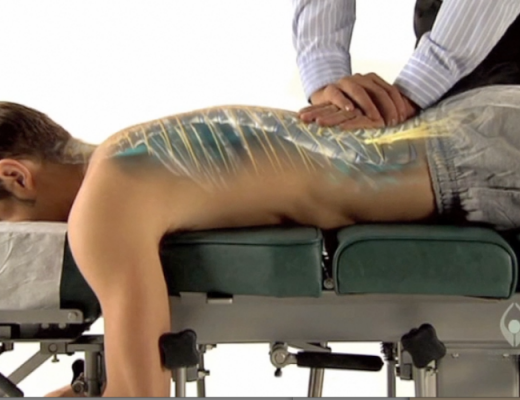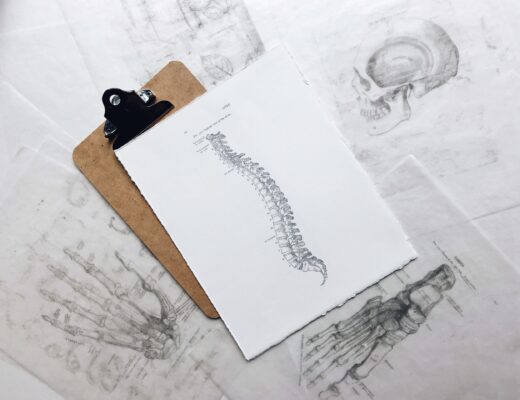As a pediatric chiropractor, many of my patients are pregnant women who are referred to our office with complaints of the lower back, pelvic, or the dreaded “Round Ligament” pain. As a student, we were taught or at least familiarized with the Webster technique. What is the Webster technique and how does it address pelvic pain and in-utero constraint? This article will aim to explain the Webster technique, pelvic anatomy, and how chiropractic care can help to address in-utero constraints.

What is the Webster technique? This is a specific chiropractic technique developed by Dr. Larry Webster, world-renowned pediatric chiropractor, and developer of the ICPA, International Chiropractic Pediatric Association. The Webster technique looks at the relationship between the sacrum, pelvis and anterior musculature of the abdomen. When the sacrum is misaligned, usually detected by leg lag noted upon a prone leg check, the pelvic innominate will counter-rotate, thus stretching the round ligament on one or both sides, leading to pain and discomfort. This typically begins to be felt by pregnant women in the late to the early second trimester. Adjusting the sacrum on the side of the leg lag and releasing the round ligament on the appropriate side, helps realign the pelvis, sacrum and restore optimal room for the developing fetus. This is known as the in-utero constraint.
What is an in-utero constraint? Normally, the shape of the uterus should be that of a pear orientation. When the sacrum and pelvis become misaligned, the shape of the uterus becomes more of a triangle shape, thus reducing the room for the fetus to move around and grow. Prolonged misalignment leads to pelvic pain, muscle spasms, and round ligament pain. The round ligament is a fibrous band that runs for the fundus of the uterus and attaches to the pelvis via the pubic bone. By addressing the musculature and soft tissue aspect, along with the pelvic and sacral alignment, chiropractors restore proper alignment, mobility, and muscle balance. By balancing the pelvis and freeing up any resistance within in the round ligament, proper uterus shape will be restored which will alleviate discomfort and allow the fetus to move and grow freely.
How can chiropractic care help during pregnancy? Besides addressing pelvic misalignments, healthier fetal development, faster and easier birthing process, and healthier babies are some of the many benefits of chiropractic care both pre-and post-natal. For more information about pediatric chiropractic consult your chiropractor or visit icpa4kids.com.






No Comments